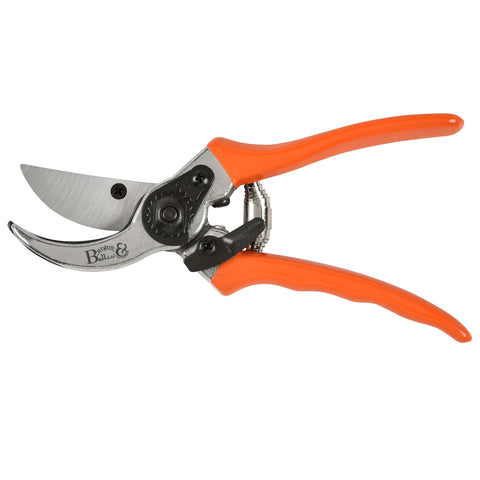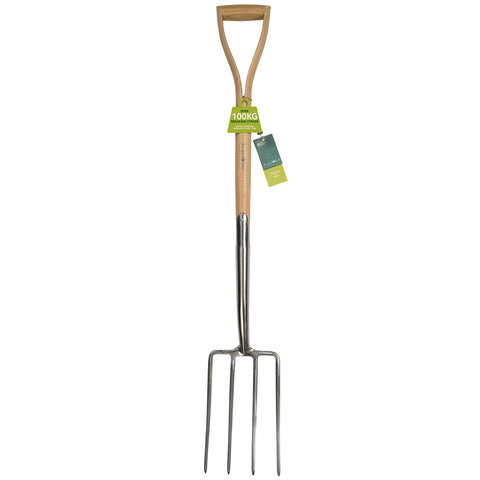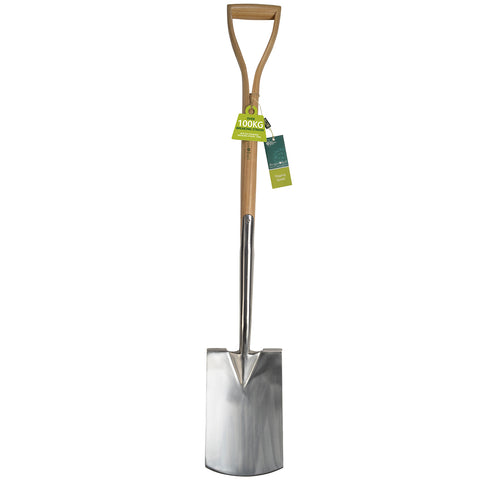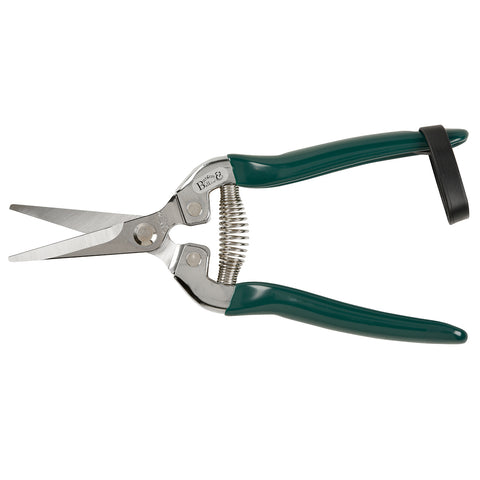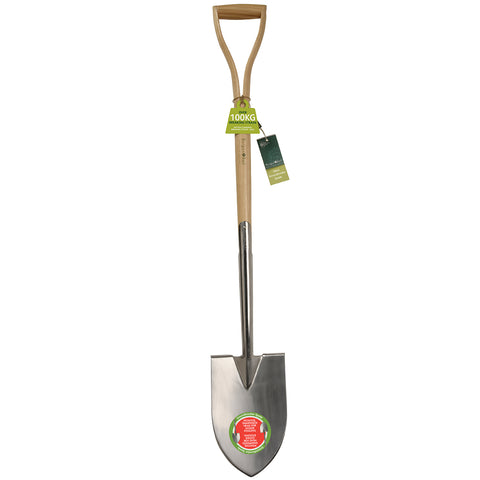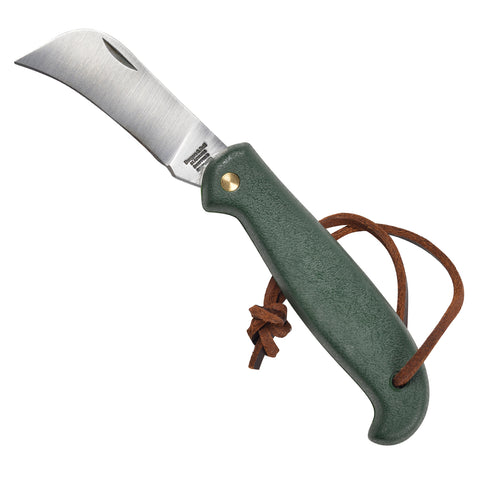 If the autumn storms have damaged your fencing, why not consider replacing it with a hedge instead? Today hedges are firmly back on the wishlist for many homes, as gardeners and housebuilders alike recognise their usefulness, as well as the classic elegance they bring to the garden.
If the autumn storms have damaged your fencing, why not consider replacing it with a hedge instead? Today hedges are firmly back on the wishlist for many homes, as gardeners and housebuilders alike recognise their usefulness, as well as the classic elegance they bring to the garden.
So much more interesting to look at than a wall or fence, a hedge will change with the seasons to bring new colours and textures. It brings many practical benefits, too, counteracting pollution from the road, and acting as a baffle against noise. And of course it’s infinitely friendlier to wildlife, allowing hedgehogs to roam through gardens, providing food for insects and birds, and offering much-needed nesting areas.
Winter’s the perfect time to plant
Winter is the ideal time to plant a new hedge, whether evergreen or deciduous. Planting in winter when plants are dormant gives them plenty of time to establish a strong root system before the demands of spring growth.
Hedge plants can be acquired very cost-effectively from specialist suppliers. Small plants are sometimes called ‘whips’ and can be just 60cm tall. They often supplied as bare-root plants, and these are the most inexpensive, but pot-grown and root-wrapped plants are often also available. Whips establish fairly easily, but larger, more established options take a little more TLC.
 Plant hedges during the colder months, any time until late winter. The soil needs to be easily workable, so avoid planting when the ground is frozen or heavily waterlogged. If you need to delay planting until conditions are right, plants can be wrapped in damp paper, straw or compost, plus a plastic bag to keep the moisture in, and kept in a shed or garage for a while.
Plant hedges during the colder months, any time until late winter. The soil needs to be easily workable, so avoid planting when the ground is frozen or heavily waterlogged. If you need to delay planting until conditions are right, plants can be wrapped in damp paper, straw or compost, plus a plastic bag to keep the moisture in, and kept in a shed or garage for a while.
When planting your hedge, bear in mind the plants’ final size. Hedges which overhang the boundary line and encroach on your neighbours’ property are a sure route to strained relations, and hedges which protrude over the pavement can be an inconvenience or even a danger to pedestrians and road users. Plant up to 90cm inside your property to give your hedge room to grow while staying within your property’s boundary.

 How to plant a hedge
How to plant a hedge
To plant, dig out a trench and break up the soil. It doesn’t need to be hugely deep for planting whips – a spade’s depth should be sufficient. On heavy or clay soils you may want to dig in some organic matter to aid nutrition and drainage. However, don’t be tempted to add organic matter to the soil below the plants, as it will rot down and the soil will sink. Drainage is key to hedge health; a hedge doesn’t want to be sat in a sump. In fact, if the ground is prone to waterlogging in winter, think about forming the soil into a ridge into which to plant. Take your cue from the hedgerows of the British landscape, which are traditionally hedging plants growing on top of a small bank.
As you plant, trim back any damaged roots with secateurs or a knife. Spread out the roots, and place in position at the correct depth – the point where the roots start to flare out away from the stem should be level with the surrounding soil. Then backfill with soil - this part is easier as a two-person job, with one person holding the plant in place. Work the soil well in around and between the roots and firm down to ensure good contact. If the soil is dry, water well, and then mulch generously with bark chips or your mulch of choice. This will minimise weeds and help the soil retain moisture.
 Distance between plants varies according to your plant of choice – your supplier will be able to advise. However, a good tip is to plant them fairly close together, since that not only forms a good, dense hedge, it also means the plants compete with each other for light, water and nutrients, which limits growth and minimises the trimming required.
Distance between plants varies according to your plant of choice – your supplier will be able to advise. However, a good tip is to plant them fairly close together, since that not only forms a good, dense hedge, it also means the plants compete with each other for light, water and nutrients, which limits growth and minimises the trimming required.
And that’s it! Your new, living boundary is in place, set to give pleasure to you, your neighbours and the local wildlife for years to come. Just some quick Do’s and Don’ts:
- DO keep it well watered in the first couple of years to help it establish.
- DO keep it weed-free.
- DON’T be tempted to let your new hedge run wild in the first few years, letting it grow quickly to the required final height. Regular trimming of the top growth as it establishes will encourage more side shoots to form lower down on the plant, leading ultimately to thicker, denser growth.
The RHS has an excellent guide to selecting the right hedging plant for your garden, according to location, soil type and the final size you want, and we recommend you take a look at this. You’ll find it inspiring! Whether you choose classic dramatic yew, fast-growing laurel, or holly for security (plus berries for Christmas!), there’s a hedge for every garden style. So much more interesting than a fence.


